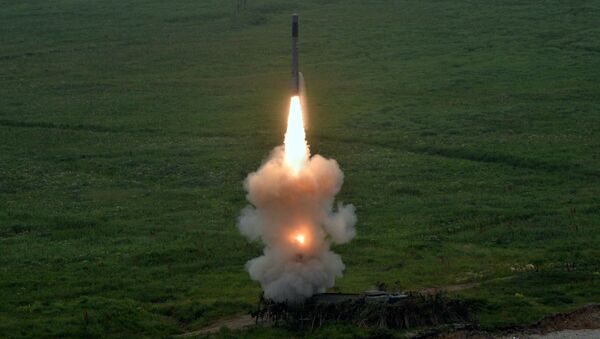Crimea has recently seen its defenses dramatically ramped up with the arrival of the state-of-the-art Bal and Bastion mobile coastal defense batteries, the Novorossiisk and Rostov-on-Don nuclear submarines, S-300, S-400, BukM2 and Pantsir-S1 air defense systems.
Bal
The Bal mobile anti-ship missile system is designed to control territorial waters and protect naval bases and other coastal facilities and infrastructure.
The Bal system was adopted by the Russian Armed Forces in 2008.
The effective range of a Kh-35 missile is 120 kilometers and 260 kilometers for the Kh-35U.
Bastion
The Bastion is a mobile surface-to-ship missile system (NATO reporting name – SSC-5 Stooge). Development began during the 1990s and the first three systems entered active service on the Black Sea coast in 2010.
The weapon is designed to destroy various surface ships, convoys and landing craft, aircraft carrier battle groups, single ships and surface targets under intense fire and electronic countermeasures.
The Bastion launcher carries a pair of P-800 Onix/Yakhont anti-ship cruise missiles with an effective range of 300 km with hi-low flight trajectory and 120 km with low-low flight trajectory.
A battery of Bastions consists of 4 mobile launchers, 1-2 command and control vehicles, 1 support vehicle and 4 transloaders. Launcher vehicles can be located up to 25 km away from the command and control vehicles.
The whole Bastion battery is controlled from the main naval headquarters. Launcher vehicles can also operate autonomously.
The Crimean peninsula seceded from Ukraine and reunified with Russia after more than 96 percent of local voters supported the move in a referendum in March 2014.
Kiev, as well as the European Union, the United States and their allies, did not recognize the move and consider the peninsula to be occupied territory. They imposed a number of individual and economic sanctions against Russia, forcing Russia to retaliate with a ban on various imports from Europe.



